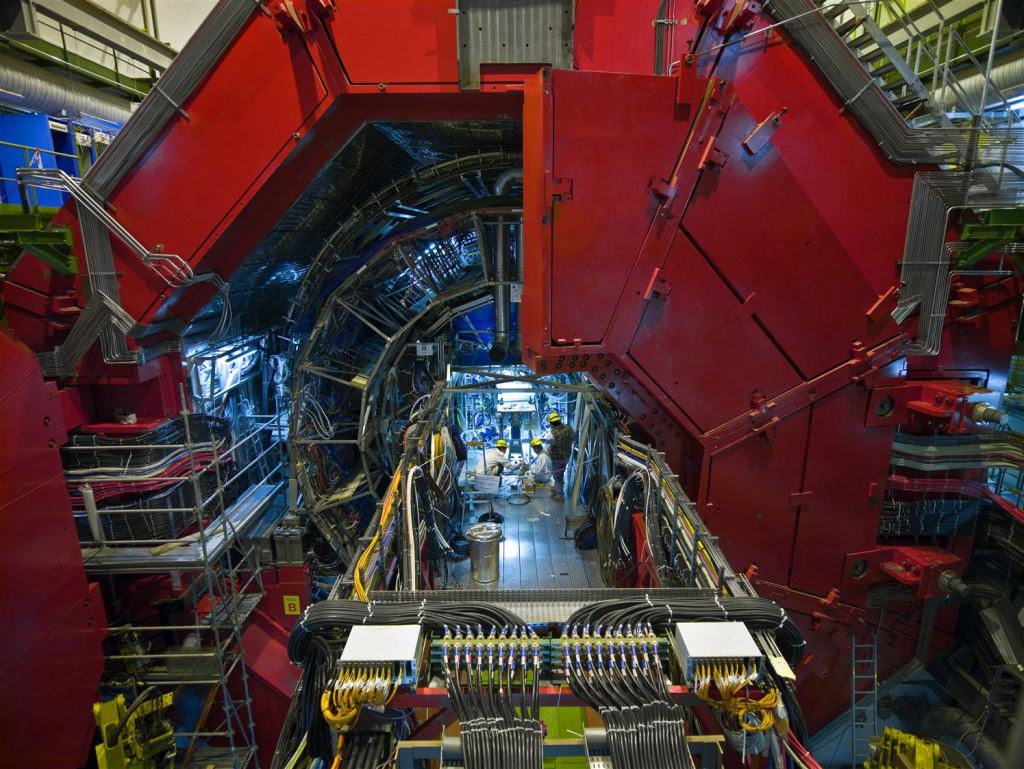What Happened Moments After the Big Bang?
By Brian Koberlein
It’s often said that in its earliest moments the universe was in a hot, dense state. While that’s a reasonably accurate description, it’s also quite vague. What exactly was it that was hot and dense, and what state was it in? Answering that question takes both complex theoretical modeling and high-energy experiments in particle physics. But as a recent study shows, we are learning quite a bit.
According to particle physics and the standard cosmological model, matter appeared within the first microsecond of the universe. This initial matter is thought to be a dense soup of quarks interacting in a sea of gluons. This state of matter is known as a Quark-Gluon Plasma (QGP). The behavior of QGP is governed by the strong force, following the laws of quantum chromodynamics (QCD). While we understand QCD relatively well, the mathematics of the theory is so complex it is difficult to calculate. Even with supercomputers, it’s hard to compute the state of dense quark-gluon interactions.

The alternative is to use the Large Hadron Collider at CERN. Smash particles together at nearly the speed of light, and you can create a quark-gluon soup for a brief moment in time. The ALICE Collaboration looked at these types of collisions to study not only the state of QGP but also how the plasma transitions to form hadrons. The two most common types of hadrons are protons and neutrons, which make up the nuclei of atoms.
One of their surprising discoveries is that quark-gluon plasma does not behave like a dense gas, similar to other plasmas. Instead, QGP acts as a dense liquid more analogous to water. As a result, its overall density is more smooth. This difference is subtle, but it could hold keys to understanding the critical shift that likely occurred in the early universe.
In the standard cosmological model, the early universe underwent a dramatic phase change to transform into the universe we see today. Before the QGP period, the universe had a period of exponential expansion. Almost instantly the observable universe expanded by a factor of 1026 and cooled by a factor of 100,000. This expansion and supercooling ushered in the QGP period, so understanding its fluid behavior helps us study that transitional period.
There is still much to learn about the early universe. Studies such as these from the ALICE collaboration are crucial to our understanding. They push the very limits of high-energy physics and continue to overturn our expectations.
Reference: Acharya, S., et al. “Measurements of mixed harmonic cumulants in Pb–Pb collisions at sNN= 5.02 TeV.” Physics Letters B (2021): 136354.
The post What Happened Moments After the Big Bang? appeared first on Universe Today.

May 26, 2021 at 10:53PM
via Universe Today read more...

Post a Comment